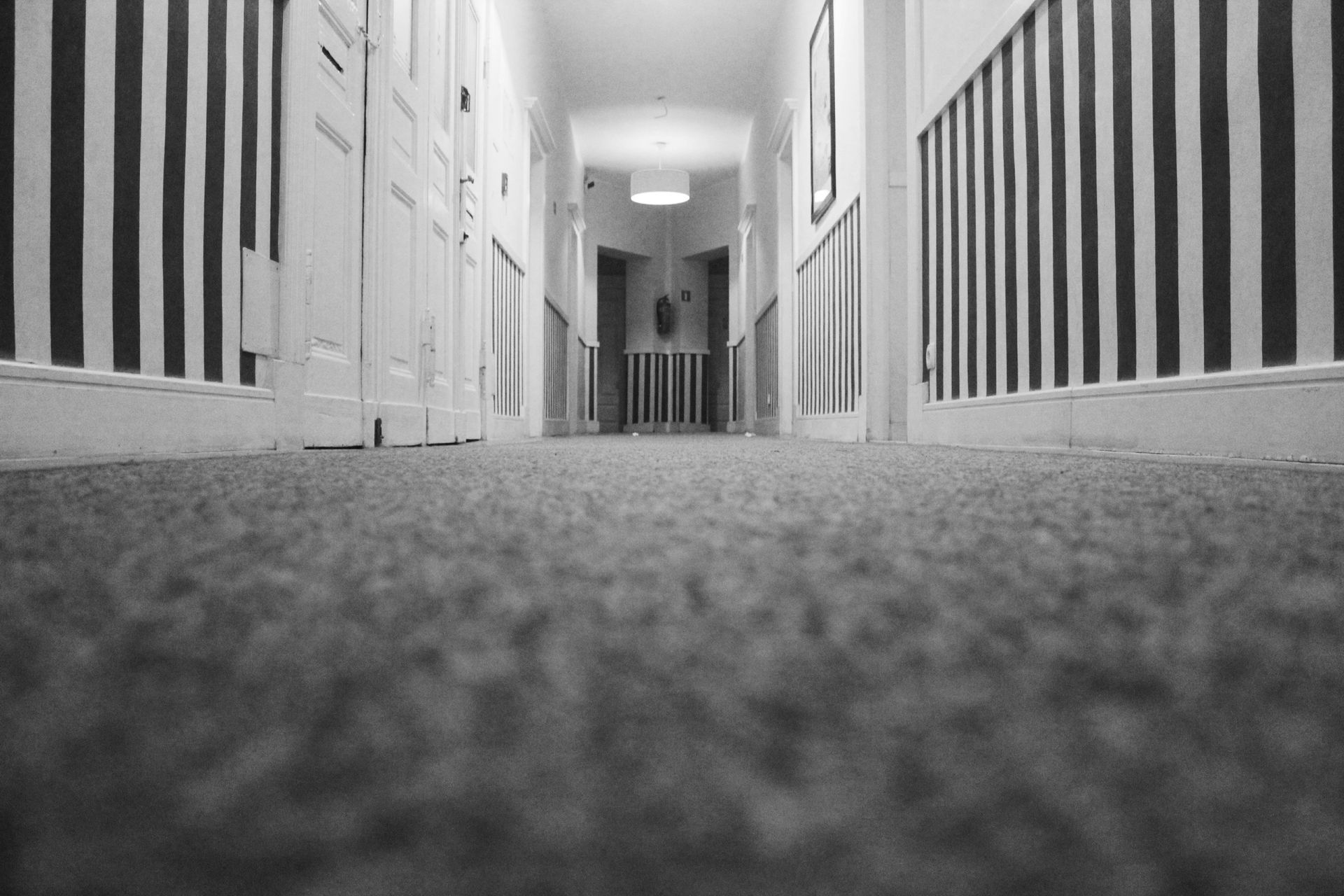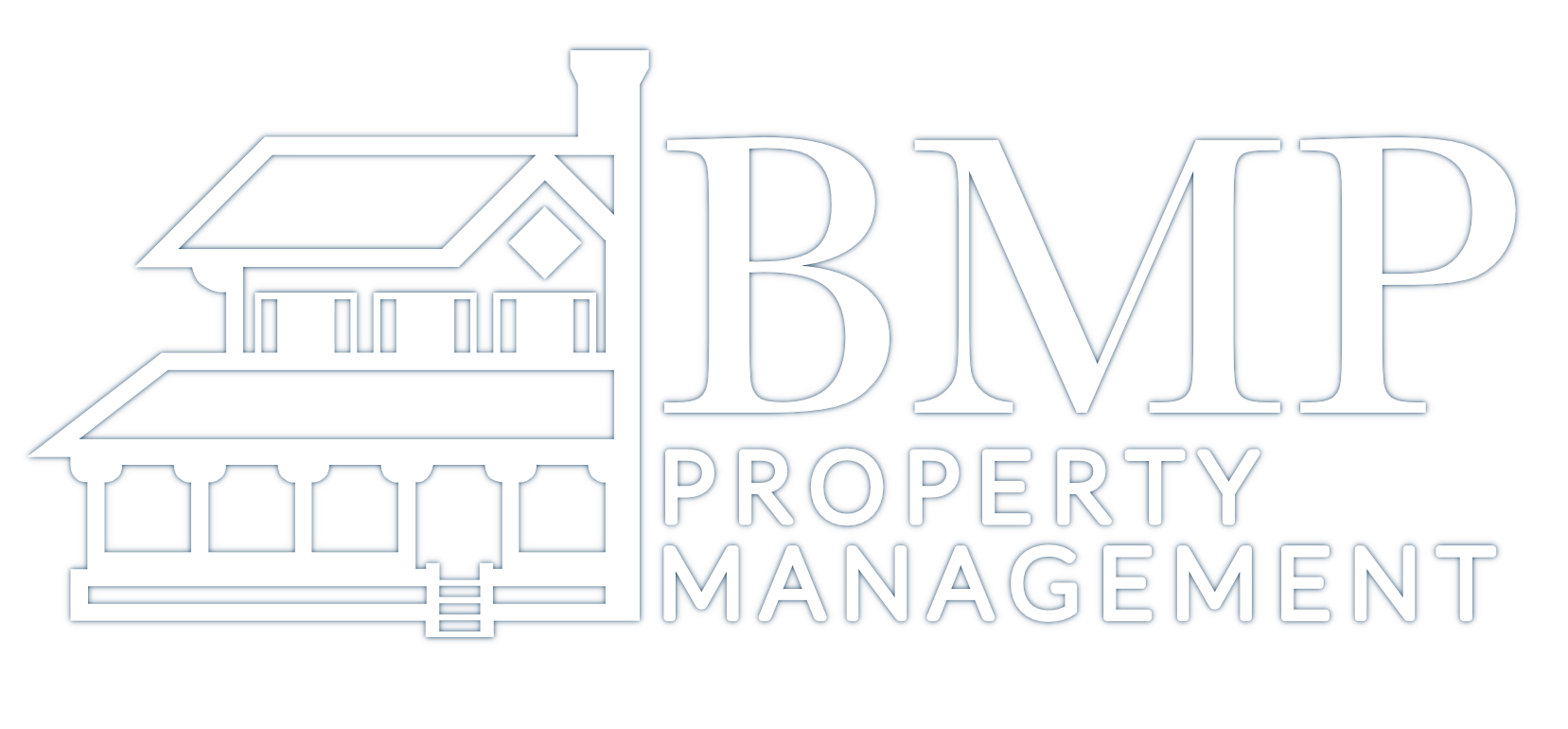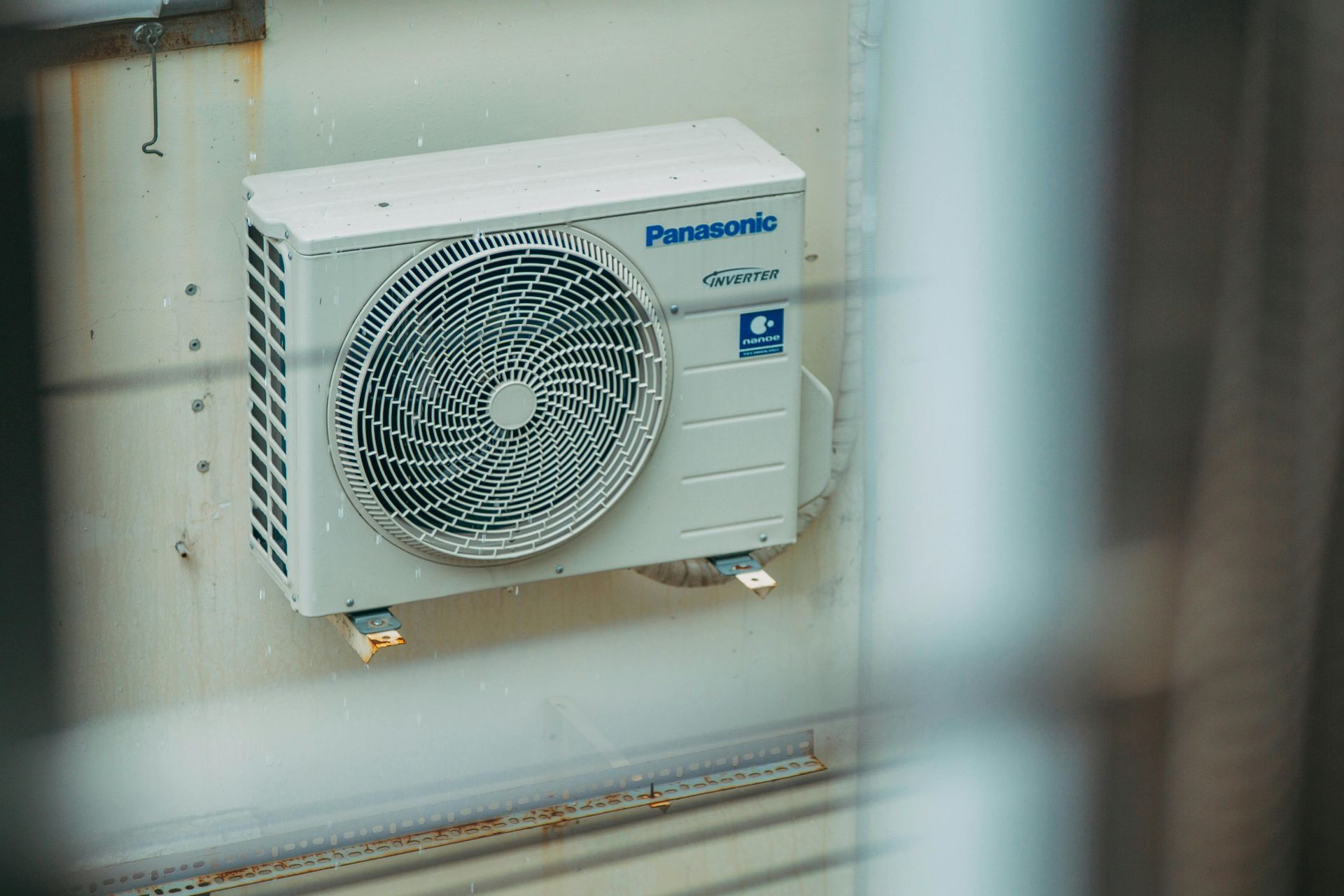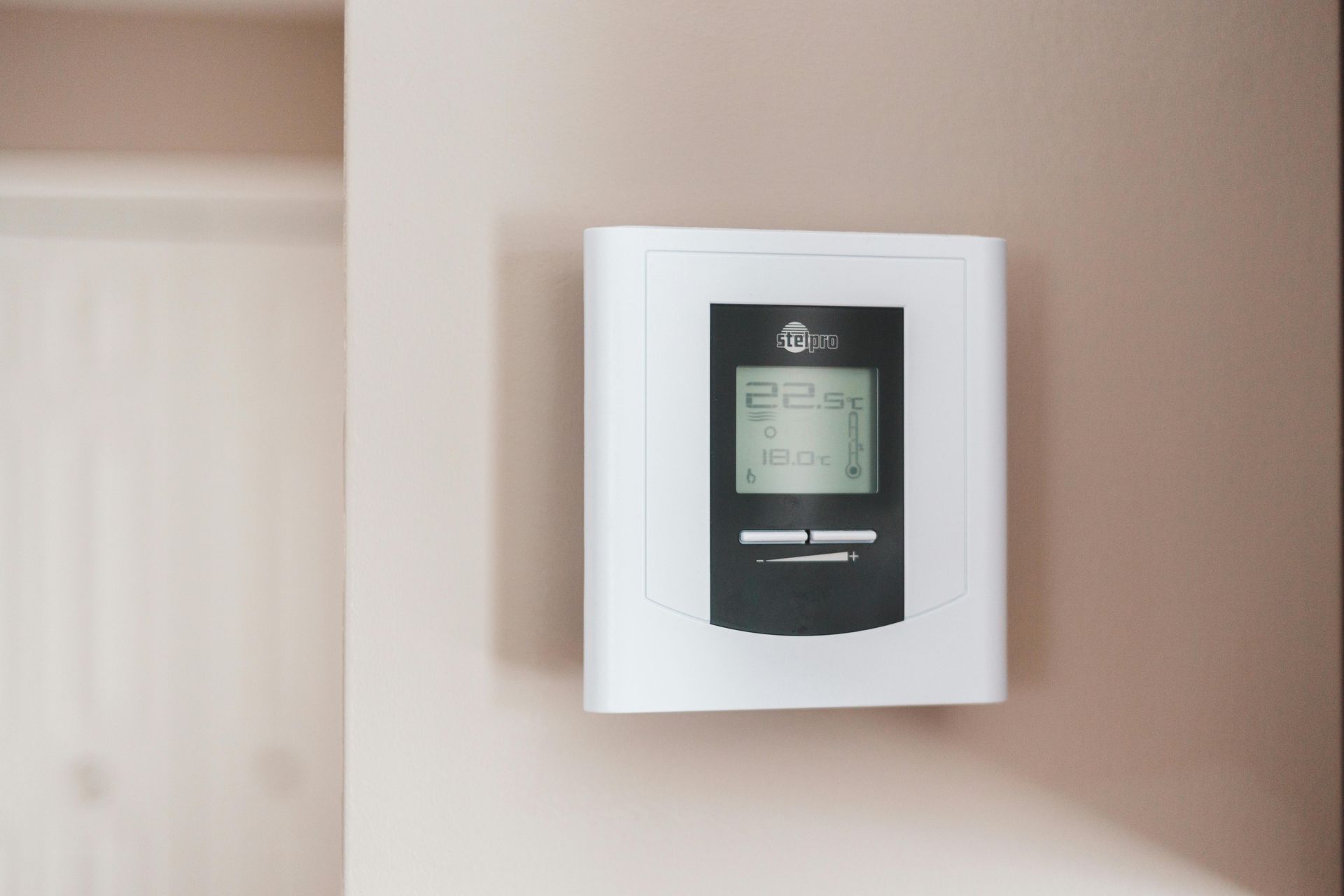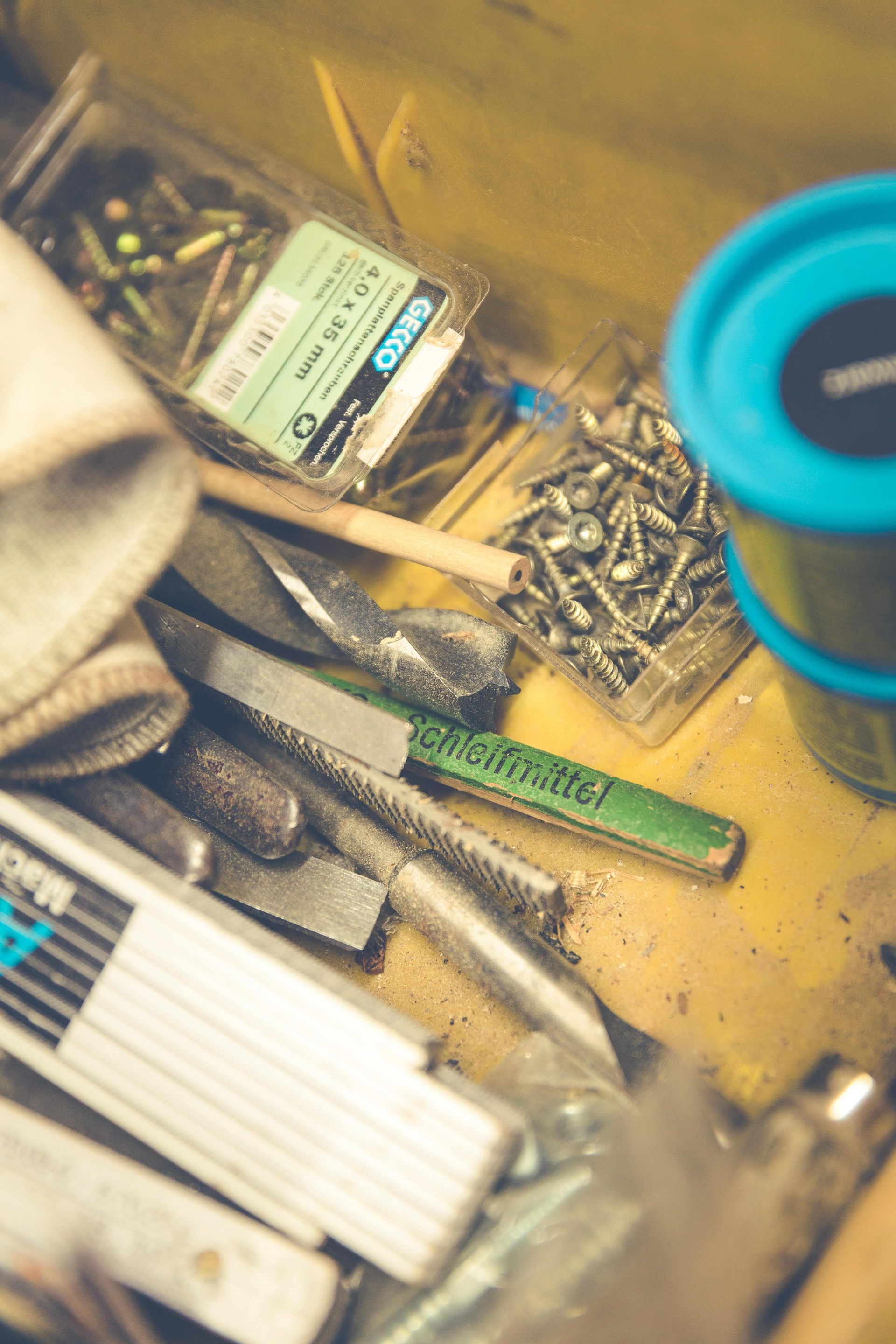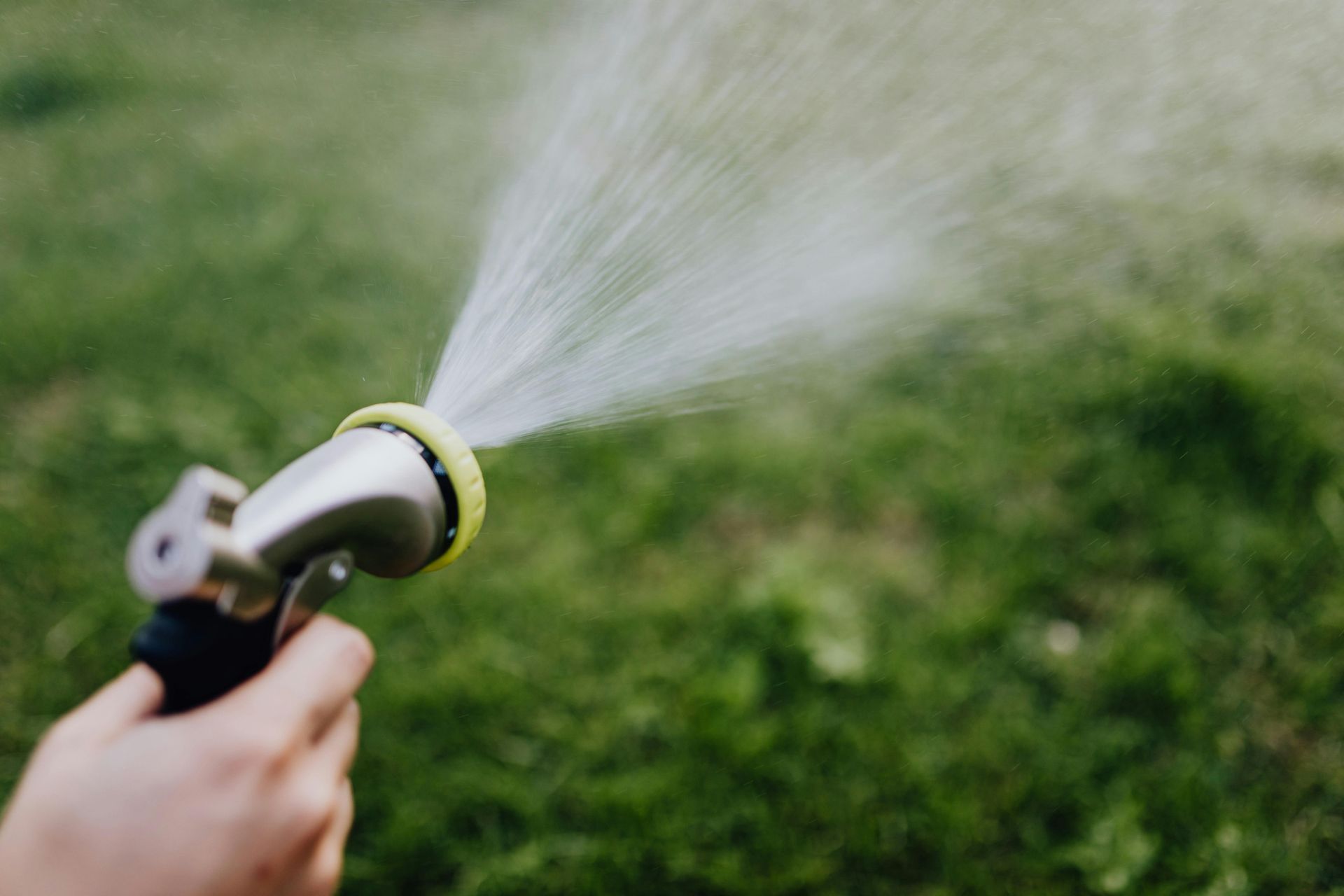Top 10 Things to Check During Your Move-In Inspection
Protecting Your Security Deposit Starts Here
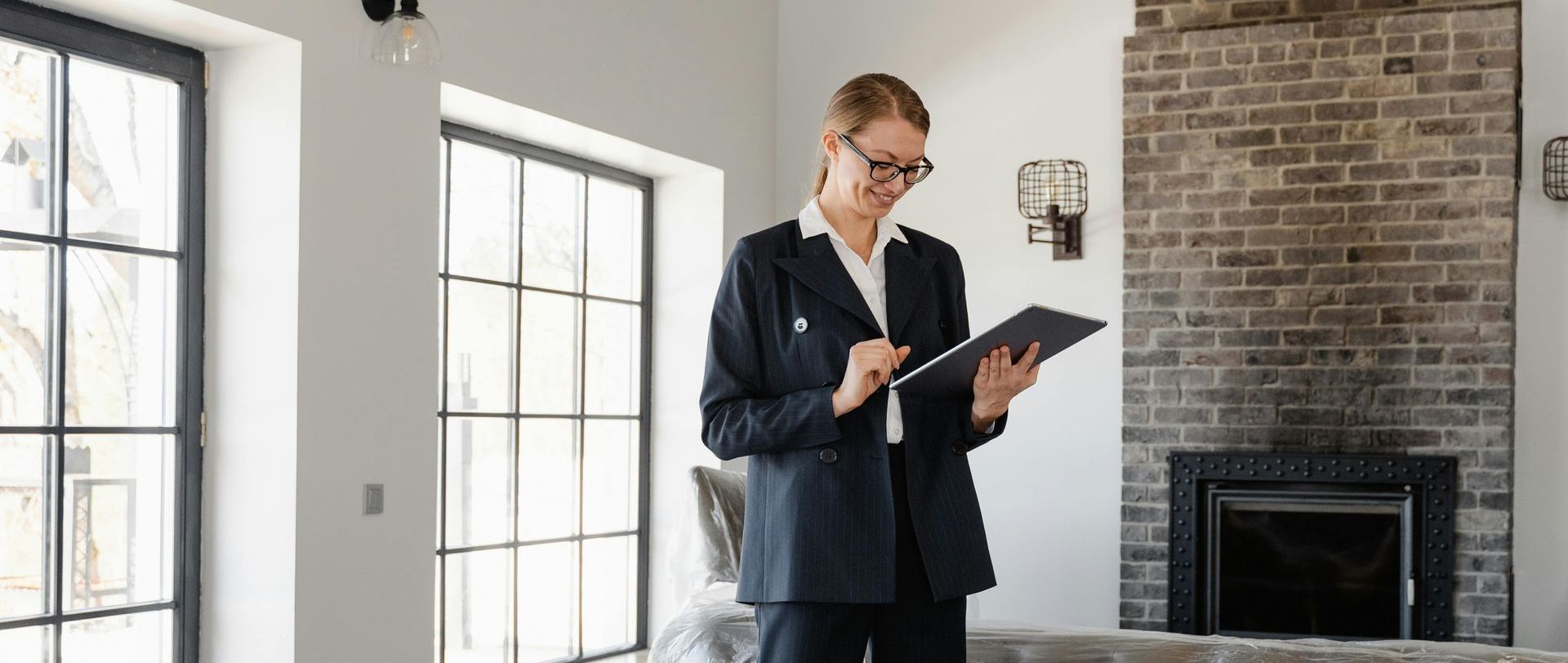
The move-in inspection is your first opportunity to document the condition of your new rental property. It’s not just about checking the boxes—it’s about protecting yourself from being held responsible for pre-existing damages. To make sure you’re thorough, here’s a list of the top 10 things to check during your move-in inspection.
1. Walls and Ceilings
Look for scuffs, nail holes, cracks, or stains on the walls and ceilings. If there’s peeling paint or signs of water damage, document it.
2. Flooring
Inspect carpets, hardwood, and tile floors for stains, scratches, or cracks. Take photos of any damage, even in hidden corners or under rugs.
3. Windows and Screens
Check for broken glass, torn screens, and missing or damaged locks. Make sure all windows open, close, and latch properly.
4. Appliances
Test all appliances, including the stove, refrigerator, dishwasher, and washer/dryer (if provided). Note any functionality issues or visible wear.
5. Plumbing
Turn on faucets, flush toilets, and check under sinks for leaks. Ensure the water pressure is adequate, and note any signs of rust or stains in sinks and tubs.
6. Light Fixtures and Outlets
Flip all light switches to verify they work. Test electrical outlets and make sure all light fixtures have working bulbs.
7. Heating and Cooling Systems
Turn on the furnace and air conditioning (if applicable) to ensure they function properly. Check for unusual noises or airflow issues.
8. Doors and Locks
Examine all doors for damage and make sure they close and latch securely. Test every lock and request new keys if you suspect the locks haven’t been changed.
9. Outdoor Areas
Inspect any yard, patio, or deck for damage, overgrown landscaping, or unsafe conditions. Note any cracks in sidewalks or driveways.
10. Smoke and Carbon Monoxide Detectors
Confirm all detectors are present and working. If batteries are missing or dead, notify your landlord immediately.
Document Everything
- Use Photos and Videos: Take clear pictures or videos of any damage or maintenance concerns and save copies for your records.
- Fill Out the Inspection Checklist: Most landlords provide a move-in checklist. Be thorough and ensure your observations are noted.
Why This Matters
By being diligent during your move-in inspection, you set the stage for a smooth tenancy and protect your security deposit. Any issues you document now can’t be held against you when it’s time to move out.
Taking the time to inspect your rental thoroughly is a simple but powerful way to start your lease on the right foot.

